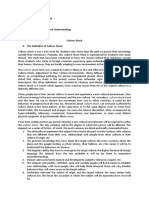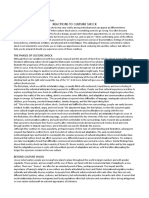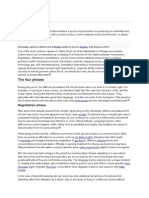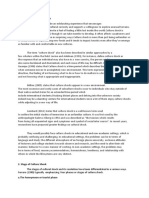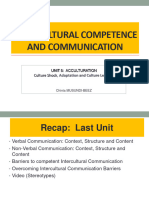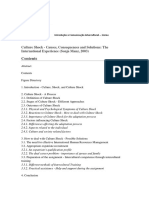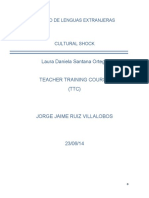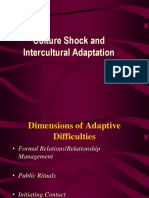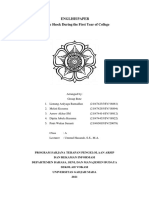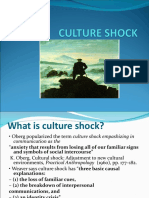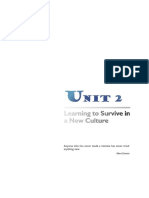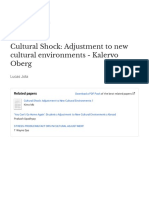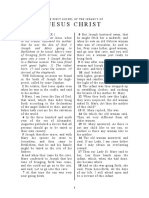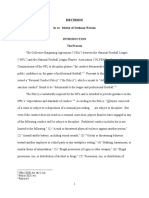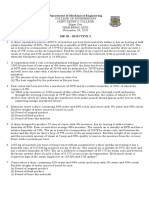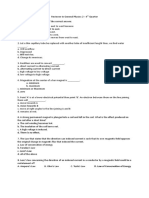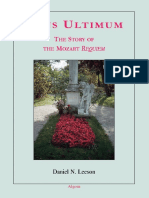0% found this document useful (0 votes)
139 views6 pagesCulture Shock and Reentry Shock by James W. Neuliep: The Summary
This document summarizes literature on culture shock, beginning with some background on the origins of the term and debates around its definition. It describes some common models of the stages of culture shock, including Oberg's four-stage model and Furnham and Bochner's W-curve model incorporating reentry shock. The document also discusses factors that can influence the degree and type of culture shock experienced by individuals, such as language skills, age, tolerance for uncertainty, and differences between one's native and host cultures. Finally, it outlines some contemporary theories around culture shock as a stressful process requiring new coping strategies and cultural learning.
Uploaded by
nadyaCopyright
© © All Rights Reserved
We take content rights seriously. If you suspect this is your content, claim it here.
Available Formats
Download as DOCX, PDF, TXT or read online on Scribd
0% found this document useful (0 votes)
139 views6 pagesCulture Shock and Reentry Shock by James W. Neuliep: The Summary
This document summarizes literature on culture shock, beginning with some background on the origins of the term and debates around its definition. It describes some common models of the stages of culture shock, including Oberg's four-stage model and Furnham and Bochner's W-curve model incorporating reentry shock. The document also discusses factors that can influence the degree and type of culture shock experienced by individuals, such as language skills, age, tolerance for uncertainty, and differences between one's native and host cultures. Finally, it outlines some contemporary theories around culture shock as a stressful process requiring new coping strategies and cultural learning.
Uploaded by
nadyaCopyright
© © All Rights Reserved
We take content rights seriously. If you suspect this is your content, claim it here.
Available Formats
Download as DOCX, PDF, TXT or read online on Scribd
/ 6




